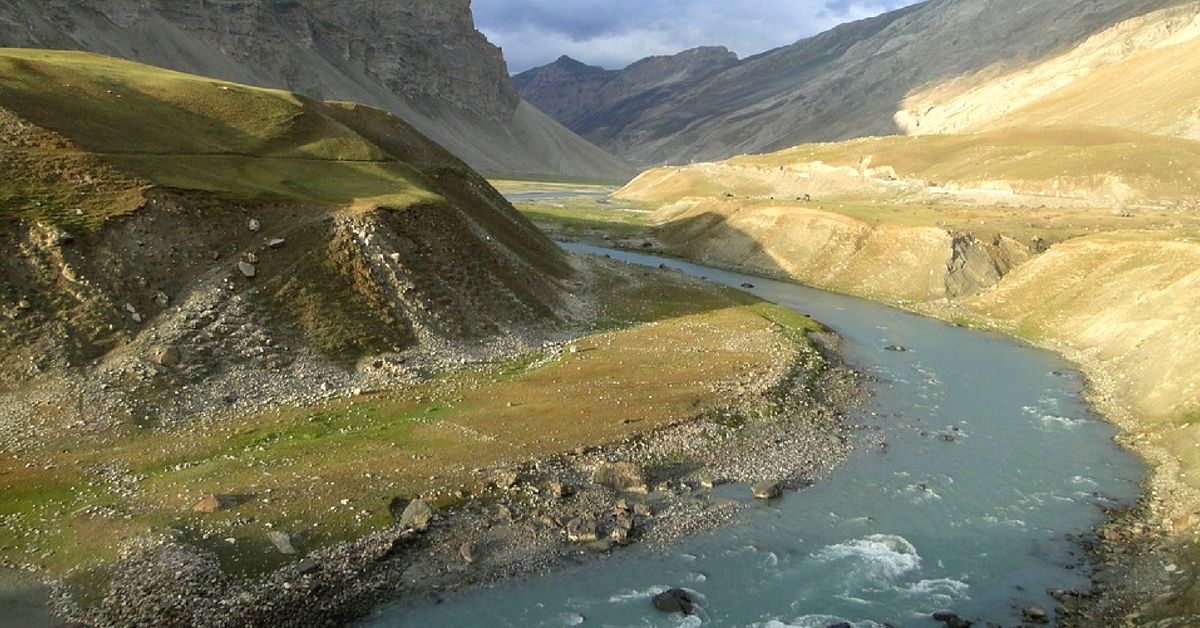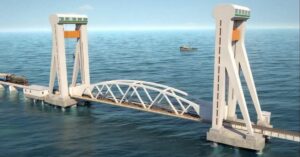What is the Indus Water Treaty Between India and Pakistan, & Why Its In News
Days after India inaugurated the Kishanganga hydroelectric project in Jammu and Kashmir, Pakistan has taken the matter to the World Bank.

The Indus Water Treaty is in the news once again. Last week Prime Minister Narendra Modi inaugurated the 330MW Kishanganga Hydroelectric Project in Jammu and Kashmir.
The Kishanganga or Neelum River (in Pakistan) originates from the Gurais Valley in North Kashmir and then merges with the Jhelum River near Muzaffarabad city in Pakistan.
Following the inauguration, Pakistan lodged a complaint with the World Bank alleging that by building the Kishanganga dam, India violated the Indus Water Treaty of 1960.
To make sense of this development, one must understand what the Indus Water Treaty is all about.
It is a water-sharing deal between India and Pakistan, which was brokered by the International Bank for Reconstruction and Development (World Bank).

As per the Treaty, the Indus River and its five major tributaries have been classified into two categories. The Eastern rivers consist of Beas, Ravi and Sutlej, while the Western rivers consist of Jhelum, Chenab and Indus.
The Treaty states that all the water flowing in the eastern rivers should be available for unrestricted use in India. India, meanwhile, should pose no barriers for the unrestricted flow of water from the western rivers to Pakistan.
This does not mean that both India and Pakistan cannot use water coming from either category of rivers. India, for example, can use the water in western rivers for “non-consumptive” requirements like irrigation, storage and electricity generation.
In other words, “Beas, Ravi and Sutlej are to be governed by India, while, Indus, Chenab and Jhelum are to be taken care of by Pakistan. However, since Indus flows from India, the country can use 20% of its water for irrigation, power generation and transport purposes,” reports The Hindu.
The Treaty also set up the Permanent Indus Commission as a bilateral mechanism to ensure its implementation and resolve disputes over water sharing. It also lists out the ways through which both nations arbitrate their disputes amicably.
Although the Indus originates from the Tibetan Plateau, China has been kept out of the Treaty. Any attempt by China to disrupt the flow of the Indus will affect India and Pakistan.
Experts, however, argue that changes brought upon by climate change haven’t been factored into the Treaty yet. Having said that, the Indus Water Treaty has been cited as one of the most successful water sharing endeavours by two sovereign nations. Disputes, however, remain.
Coming back to the Kishenganga dam dispute, Pakistani officials have argued in the World Bank that it will disrupt the supply of water coming into their country. Without a resolution on outstanding water sharing disputes any move to build a dam is tantamount to a violation of the Treaty.
“The talks would cover four key points: the height of the dam built on the Kishanganga River, its capacity to hold water, Pakistan’s demand for setting up a court of arbitration to settle the dispute and India’s counter-demand for an international expert,” according to Pakistani daily Dawn.
The design of the hydel project, according to Pakistan, is not in line with the parameters set by the Treaty while India argues otherwise.
India began construction of the dam in 2007. In May 2010, Pakistan moved the International Court of Arbitration in The Hague against India, stating that it went against the provisions of the Indus Water Treaty.
Also Read: One of the World’s Rarest Mammals, Indus Dolphins Still Call River Beas Home!
In 2013, however, the international court passed a verdict in India’s favour, allowing it to proceed with the construction of the dam for power generation in Jammu and Kashmir.
The only condition set before India was that the country should “release a minimum flow of nine cubic metres per second into the Kishanganga river at all times to maintain environmental flows,” reports the Press Trust of India.
India has long argued that the allocation of water made under the IWT has left Jammu and Kashmir in the cold, leaving it a meagre amount to irrigate its lands and generate power.
Discussions between Pakistan and the World Bank are currently ongoing.
(Edited by Gayatri Mishra)
Like this story? Or have something to share? Write to us: [email protected], or connect with us on Facebook and Twitter.
NEW: Click here to get positive news on WhatsApp!

Similar Story

India’s First Vertical Sea Bridge: 8 Things To Know About the New Pamban Bridge
As India’s first vertical lift railway sea bridge, the new Pamban Bridge, is set to reach completion by March next year, here’s some facts you should know about this technological marvel, which connect Rameswaram to mainland India.
Read more >
If you found our stories insightful, informative, or even just enjoyable, we invite you to consider making a voluntary payment to support the work we do at The Better India. Your contribution helps us continue producing quality content that educates, inspires, and drives positive change.
Choose one of the payment options below for your contribution-
By paying for the stories you value, you directly contribute to sustaining our efforts focused on making a difference in the world. Together, let's ensure that impactful stories continue to be told and shared, enriching lives and communities alike.
Thank you for your support. Here are some frequently asked questions you might find helpful to know why you are contributing?


This story made me
-
97
-
121
-
89
-
167












